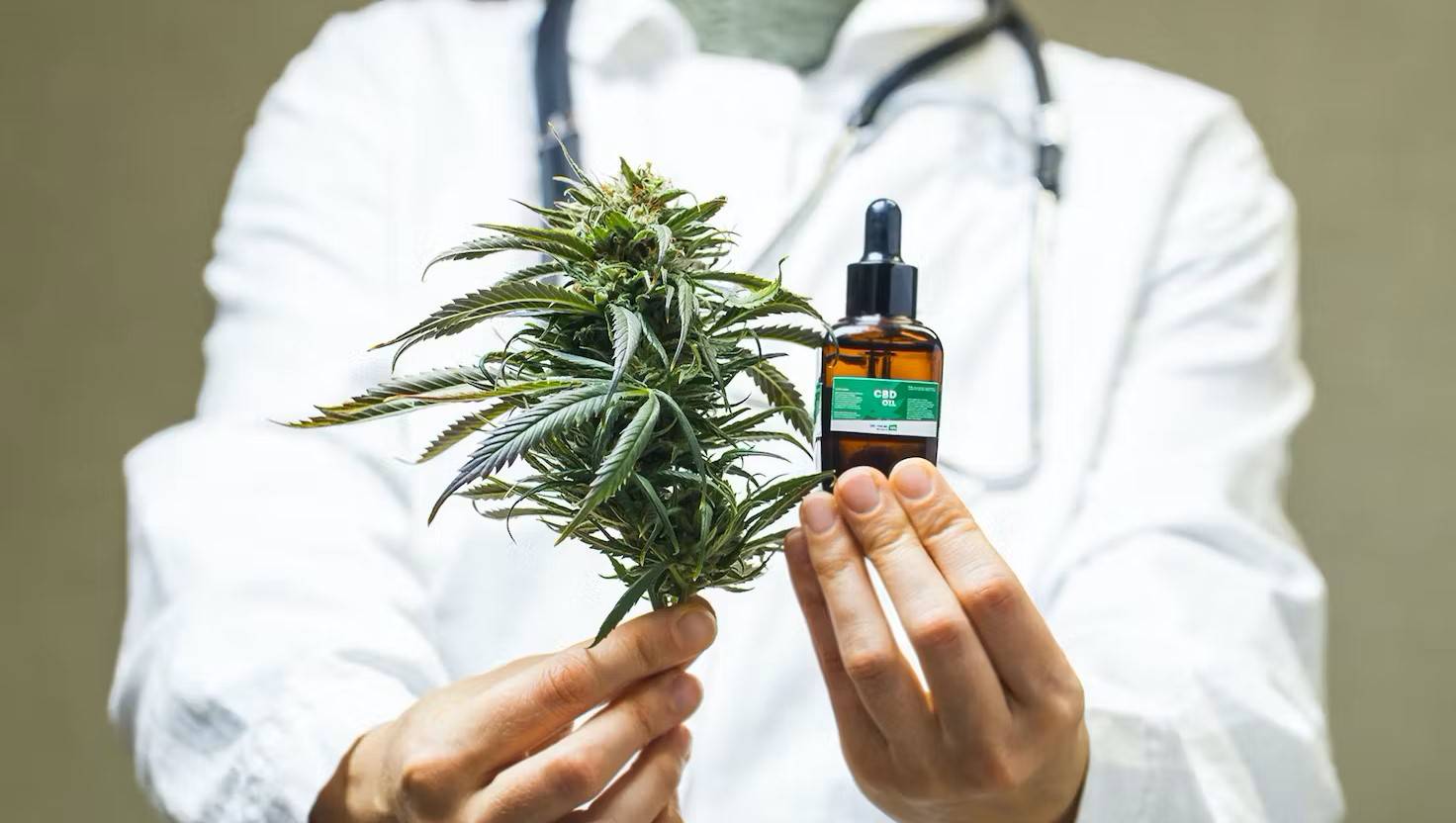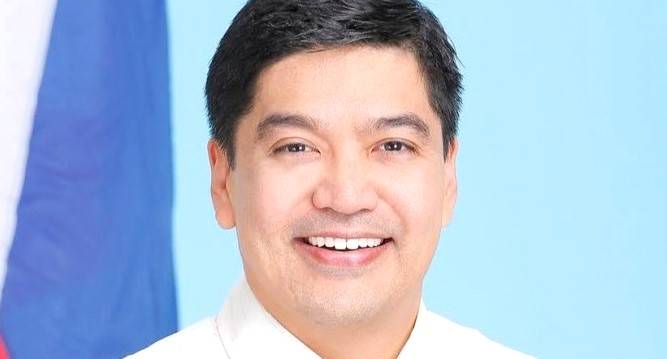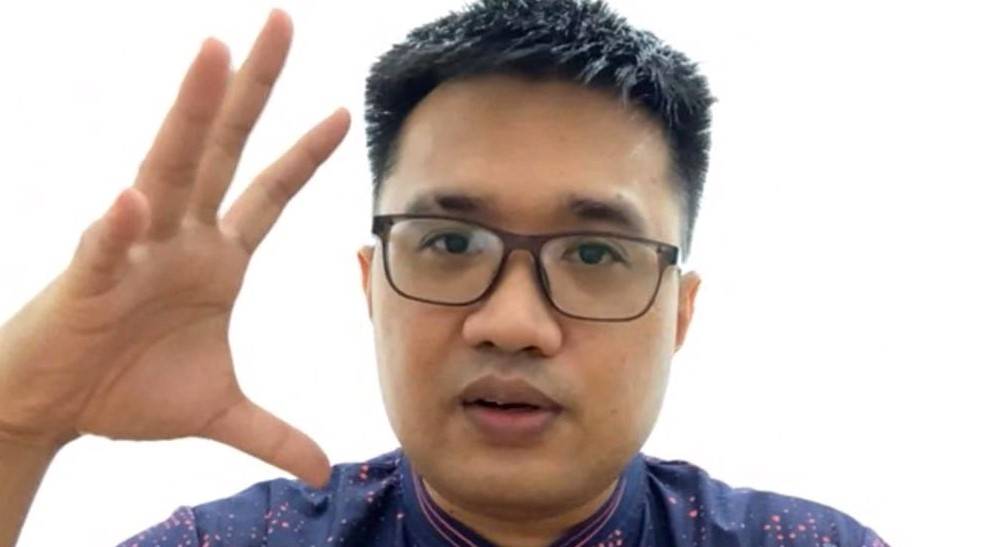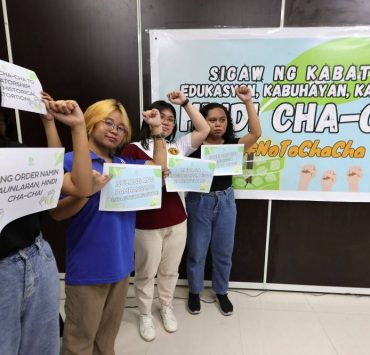Proponents urge ‘a little compassion’in legalizing medical cannabis

When her daughter Joy’s doctor told Gay matter-of-factly that she could lose her anytime to epilepsy, she was stunned and realized she had to look for other medicines to stop the seizures which started when her child was a baby.
After years of trying up to 11 different medicines to quell Joy’s seizures, Gay was led to cannabis oil. She now swears by the efficacy of the oil that is derived from hemp or marijuana plant.
Gay keeps videos of her daughter’s epileptic seizures in her phone.
In one particularly harsh attack, the 9-year-old moans in pain and lets out a shriek while her skinny arms shiver as if a sudden cold wind has blown past. Her toes curl up and her hands turn into awkward fists, knuckles white, as she strains. When her thumb happens to get caught between her middle and ring fingers, it is squeezed until it turns bright red from the blood that is trapped there.
In other videos, no cries escape Joy’s gaping mouth, only gasps, snorts, or gargling sounds. Her eyes are wide open; her eyelids and sometimes her cheeks quiver.

On occasion, the child grits her teeth so hard that her mother wraps her hands with a piece of cloth so she won’t hurt herself when she accidentally bites into them. The uncontrollable convulsion takes over her body for several seconds. In that period, only the cushion of a couch or bed or her mother’s embrace protects her from things around that could hurt her.
Sometimes, after the seizure ceases, Joy’s head drops and slams hard into anything nearby. Gay says that when she is cradling her and this happens, the head drop feels like a sudden hard punch to her chest.
‘Scary’
“It’s scary,” Gay says.
But the “scariest of all” is when Joy holds her breath and Gay doesn’t know if she will ever exhale and inhale again. As a precaution, she keeps an oxygen bottle ready and connects a tube to Joy’s nose when an epileptic attack occurs.
After one attack subsides, Gay, like a soldier, prepares for the next which will come like an ambush. The seizures are unpredictable: “They will just suddenly attack her,” the mother says. “There is really no trigger.”

But Joy doesn’t go “back to normal” after each seizure. She cannot, according to Gay, because of her illness—first declared as an infantile spasm that occurred every 30 seconds starting when she was just 2 weeks old.
After more tests, the doctors found that Joy has mild spastic quadriparesis and Lennox-Gastaut syndrome (LGS), which was caused by focal cortical dysplasia resulting from the improper formation of the top layer of the brain.
Gay says more tests are being conducted to finally determine if her child is indeed suffering from LGS or from Dravet syndrome, a genetic disorder.
With 20 to 50 epileptic attacks every hour before she turned 2 years old, Joy could only breastfeed for a month.
She would have been in the third or fourth grade by now, but she is nonfunctional because the attacks debilitated her early in life and compromised her nutrition. She is moved around on a wheelchair by her mother, who is by her side 24/7. She doesn’t speak but recognizes people around her and has a happy disposition when not battling a seizure.
She cannot eat on her own and has to be fed with semisolid food and milk. “Most of the day she just rests and sleeps,” Gay tells CoverStory.ph.

“Gay” and “Joy” are not the true names of the mother and child and are being used in this report for their privacy and security.
‘Trial and error’ meds
Gay says that before she discovered cannabis oil, Joy used to take a cocktail of four to five different medicines daily to manage the illness.
Not one had any long-lasting effects. “They were trial and error,” she says.
One of them, Valium, just puts the child into a stupor and turns her seizures into “slow motion” shaking. “She is just stoned whenever we visit her doctor,” Gay says.
A single mom who relies on part-time jobs and the generosity of friends, Gay saw the expenses for Joy’s medication growing over time. Monthly, she is spending more than P10,000 for the prescription medicines in addition to over P16,000 for milk.
She learned about cannabis oil from a friend of her elder sister before Joy turned 2.
She started giving Joy cannabis oil when the seizures were intensifying. She saw the number of attacks steadily decreasing to just three to five a day with two oral drops of cannabis oil twice daily.

Joy can now sit up on her own but still cannot stand up, she says.
Gay declines to say how much she pays for a bottle of cannabis oil or how she gets it.
In a way she is still finding the right dosage, hoping to get the correct one “so that [Joy] will become functional” and walk on her own.
At the height of the Duterte administration’s war on drugs, Gay was frightened of being caught with the cannabis oil, which is still considered an illegal drug in the Philippines.
“If I get caught, who will take care of my daughter? Life is unfair,” she says. “You know, as a parent, you will do everything so that your child will live a normal life. Just staring and doing nothing would be like killing your own child.”
Decadelong push
Dr. Donnabel Trias-Cunanan, a longtime advocate of cannabis use as medicine, is hopeful that such worries will soon be over with the approval last week by the House of Representatives’ committees on health and on dangerous drugs of a consolidated bill to legalize medical cannabis.

“We are very happy. We were pushing this for a decade,” says Trias-Cunanan, a dentist who heads Cannahopefuls Inc., which launched its campaign to legalize medical cannabis in 2013.
Her personal advocacy was for her 12-year-old daughter, Julia, who has been suffering from epileptic seizures since she was a baby. Julia experienced 60 to 80 epileptic attacks daily until she was 5 years old.
“There was a point in time when we were already living in the hospital as she was bed-ridden,” Trias-Cunanan says.
It was the reason she became a passionate advocate for medical marijuana. “I wanted to really come to a point where she no longer has any seizures and then eventually has an improved quality of life.”
She says that if the seizures continue, mental retardation and global developmental delay will afflict Julia.
Dr. Gem Mutia, president of the Philippine Society of Cannabinoid Medicine, a group of more than 500 doctors with various specializations, is likewise hopeful that Congress will eventually pass the bill.
A similar bill in the Senate is pending in committee.
Mutia says the House bill, the consolidated version of 10 proposals, will ease the entry into the country of pharmaceutical cannabis approved by the Food and Drug Administration and allow the production of generic cannabis medicines in the Philippines.
Point of contention
The point of contention between opponents and supporters of medical cannabis is the use of the two potent elements from the cannabis plant—cannabidiol (CBD) and tetrahydrocannabinol (THC).
It is THC that gives a person a high when smoking marijuana; it has addictive properties. But CBD has no such effects on the body and is the main compound in the cannabis oil used for symptomatic treatment of epilepsy and other diseases.
“It is no longer a debate that cannabis can be a treatment,” says Mutia, an internist.
He laments the position of the Philippine Medical Association of continuing to support the criminalization of cannabis even as it recognizes its medicinal uses.
In 2016, the United Nations affirmed that drug use is an illness. But Mutia believes that such cases should be handled by health-care professionals, “not the criminal justice system, not the judicial system, or the extrajudicial system.”
“There is no clinical practice guideline whatsoever in the treatment of drug addiction that includes criminalization, and more so the guideline does not include ‘tokhang,’” says Mutia, using the term used for the extrajudicial killing of drug pushers and users at the height of the war on drugs.
“There were so many things that were done in the name of [Republic Act No.] 9165 (or the Comprehensive Dangerous Drugs Act), and we don’t want any part of that so we don’t support criminalization,” he says.
Mutia says he became an advocate of medical cannabis after his late sister was afflicted with stomach cancer and drastically lost weight due to loss of appetite, which was reversed by CBD oil.
He says the House bill provides “arguably” the “most comprehensive cannabis program in the world.”
“Even if we were not the first to do it in Southeast Asia, we might be the first to do it correctly,” Mutia says, citing the good and bad lessons from other countries who have legalized cannabis use.
He urges opponents of medical cannabis to “just sprinkle a little compassion” and not support its criminalization and prohibition.
“Although marijuana cannot solve all the problems in the Philippines, definitely this [bill] is a step in the right direction. This is a big deal to many patients. This can be everything for thousands of patients, and the right step towards justice and health care,” Mutia says.
‘It works’
Camarines Sur Rep. Luis Raymond Villafuerte, the House majority leader and author of one of the 10 medical cannabis bills, says he has personally used CBD oil in the United States to treat his “terrible migraine.”
“It works,” Villafuerte says. “I have talked to a lot of people, relatives, friends that at first were wary, cautious and against, but after they tried it, eventually they supported it.”
He says people, especially with epilepsy, will benefit from medical cannabis as it will become more accessible.
Per Villafuerte, the consolidated bill calls for the creation of a Medical Cannabis Office (MCO) under the Department of Health to regulate the medical use of cannabis.
MCO will, among other functions, accredit government and private entities planning to establish laboratories and cultivate cannabis or hemp, importers or manufacturers of cannabis medicines, and physicians who can prescribe them to qualified patients with debilitating or nondebilitating diseases.
Villafuerte sees the Philippines as a major producer of cannabis medicines which can be a government revenue generator.
“The Philippines can be a major source to cultivate and manufacture it in the near future, in three to five years. Why? We have a very good climate,” he says.
Gay is thankful that the bill is making progress.
“I pray that the legal use of medical cannabis will eventually be passed for the sake of patients like my daughter,” she says. “Even if you prepare yourself for anything that might happen … it still hurts inside that I cannot give the right legal medicine to my child.” —BY OLIVER TEVES
(This report was first published in CoverStory.ph.)





















